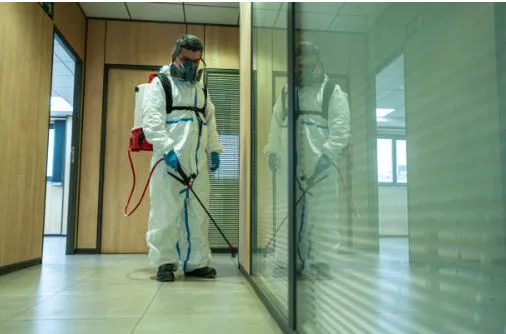8 Common Types of Rodents Invading Your Home
Rodents can quickly turn from a minor nuisance into a major problem. Not only do they chew through wires and walls, but they also contaminate food and spread harmful diseases. With so many different types of rodents lurking around, it’s important to know which ones are most likely to invade your home. Whether you’re trying to prevent an infestation or already dealing with one, understanding these common pests is key. If the problem gets out of hand, contacting a pest control company in Sammamish can save you time and protect your home.
1. House Mouse
House mice are the most common indoor rodents. These small creatures, usually gray or light brown, are only 2 to 4 inches long but can squeeze through openings the size of a dime. They often build nests in hidden areas like walls, attics, or cabinets. Despite their size, they can cause big problems by chewing wires, contaminating food, and leaving droppings that spread salmonella. To keep house mice away, seal all cracks around your home, store food in airtight containers, and avoid leaving crumbs behind.
2. Norway Rat
Norway rats are larger than mice, often growing up to 16 inches long, including their tail. They have blunt noses, small ears, and coarse brown or gray fur. These rats are skilled burrowers and often dig tunnels under buildings or along foundations. Once inside, they can chew through pipes, insulation, and even wood. Norway rats are also known carriers of diseases such as rat-bite fever and jaundice. To prevent them, keep garbage sealed, clear clutter from around your yard, and make sure all possible entry points are blocked.
3. Roof Rat
Roof rats, sometimes called black rats, prefer high places like attics and upper floors. They are excellent climbers and can use tree branches or power lines to access rooftops. Typically measuring 6 to 8 inches long, these rodents can damage your home by chewing wires and gnawing on furniture. Roof rats are also linked to diseases like typhus and salmonella. If you have fruit trees, pick up fallen fruit promptly and trim branches that hang near your roof to reduce their access points.
4. Deer Mouse
Deer mice have brown fur with white bellies and long tails. They are most common in rural areas but may enter homes during colder months. While they might look harmless, they are known carriers of hantavirus, which can be dangerous to humans. Deer mice often nest in attics, basements, and storage areas where they can contaminate food. To prevent them from sneaking in, seal gaps around doors, windows, and foundations, and store food and pet supplies in rodent-proof containers.
5. Cotton Rat
Cotton rats are more common in warmer climates but can invade homes when seeking food or shelter. These rodents have grayish-brown fur and a white belly. Although they spend much of their time outdoors, they can quickly become a nuisance indoors by contaminating food and spreading diseases. Keeping your yard free of debris and sealing outdoor gaps can help discourage them from coming inside.
6. Squirrels
Squirrels are not just a problem for bird feeders. They can also enter attics or crawl spaces, where they chew wood, insulation, and wires. Squirrels are easily recognized by their bushy tails and sharp teeth. While they are often seen as harmless, their constant chewing can cause expensive damage, including potential fire hazards from gnawed wiring. To deter squirrels, trim tree branches away from your roof and install screens over attic vents.
7. Gophers
Gophers are burrowing rodents that create extensive tunnel systems in yards and gardens. These pests rarely invade homes, but their underground activity can damage lawns, harm plant roots, and even weaken the foundation of a house. Gophers can grow 5 to 14 inches long and are usually brown or black. Filling in burrow openings and keeping your yard maintained can help reduce their presence.
8. Chipmunks
Chipmunks, with their small size and striped backs, might look adorable, but they can cause real trouble. They dig holes in gardens, steal birdseed, and occasionally make their way into basements or garages. While they are less destructive than rats or mice, they can still damage plants and outdoor structures. Removing food sources and sealing small cracks will help keep them outside where they belong.
Final Thoughts
Rodents are persistent pests that can sneak in through even the tiniest openings. Understanding the types of rodents that commonly invade homes allows you to take preventive steps before the problem worsens. Keep food stored properly, close gaps in your home’s structure, and maintain a tidy yard. If you notice signs of chewing, droppings, or scratching noises in walls or attics, it may be time to call in professionals to handle the infestation.






